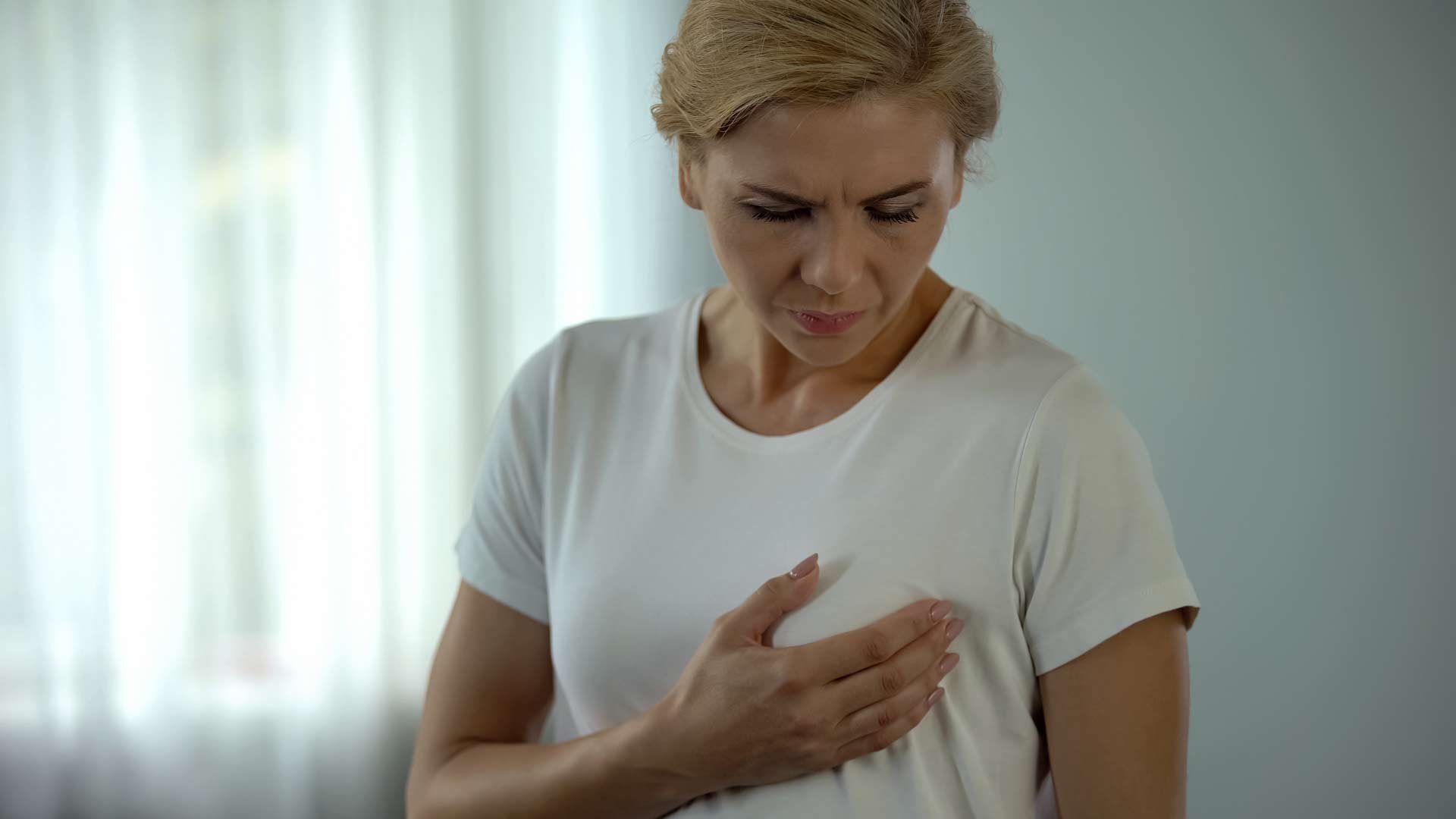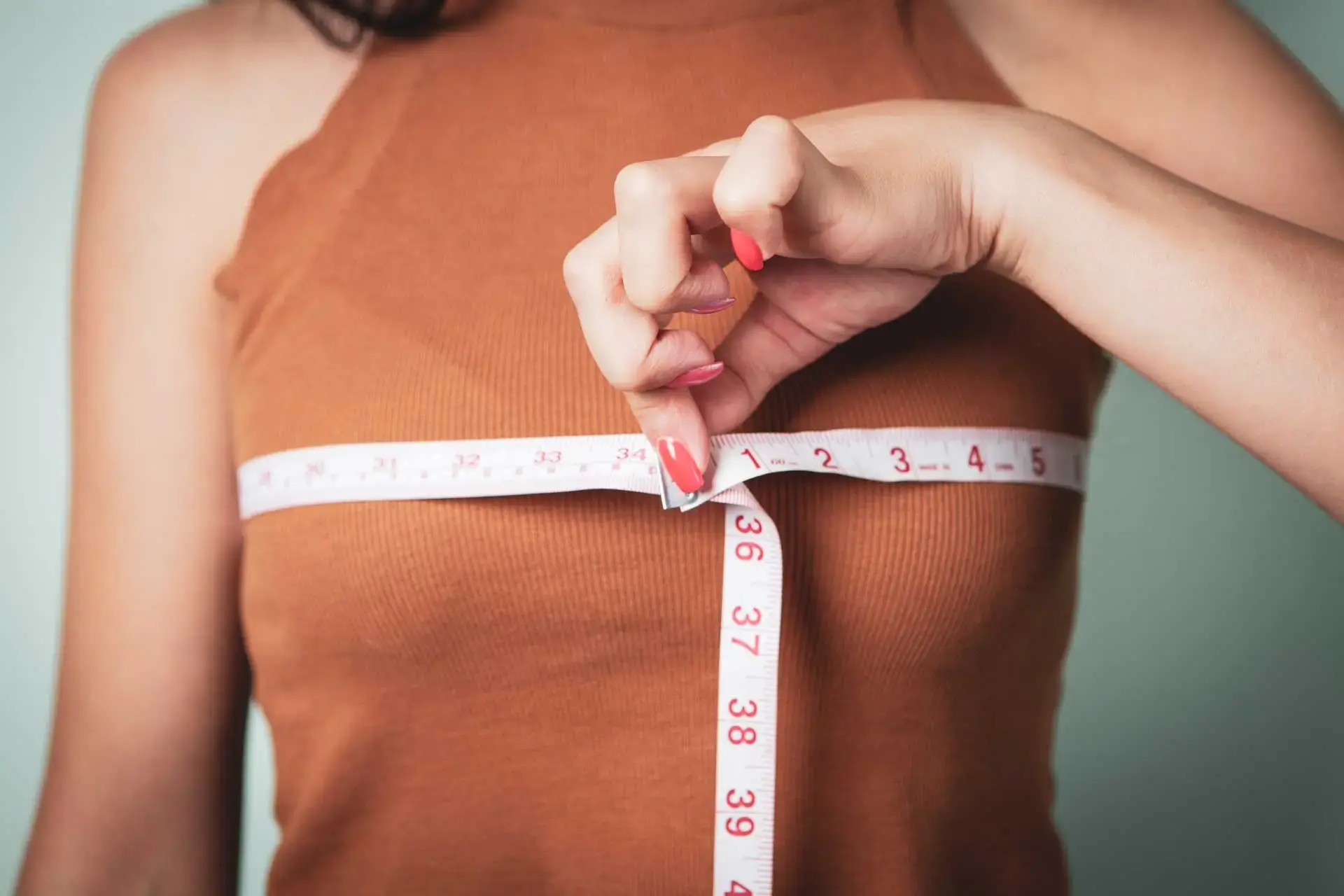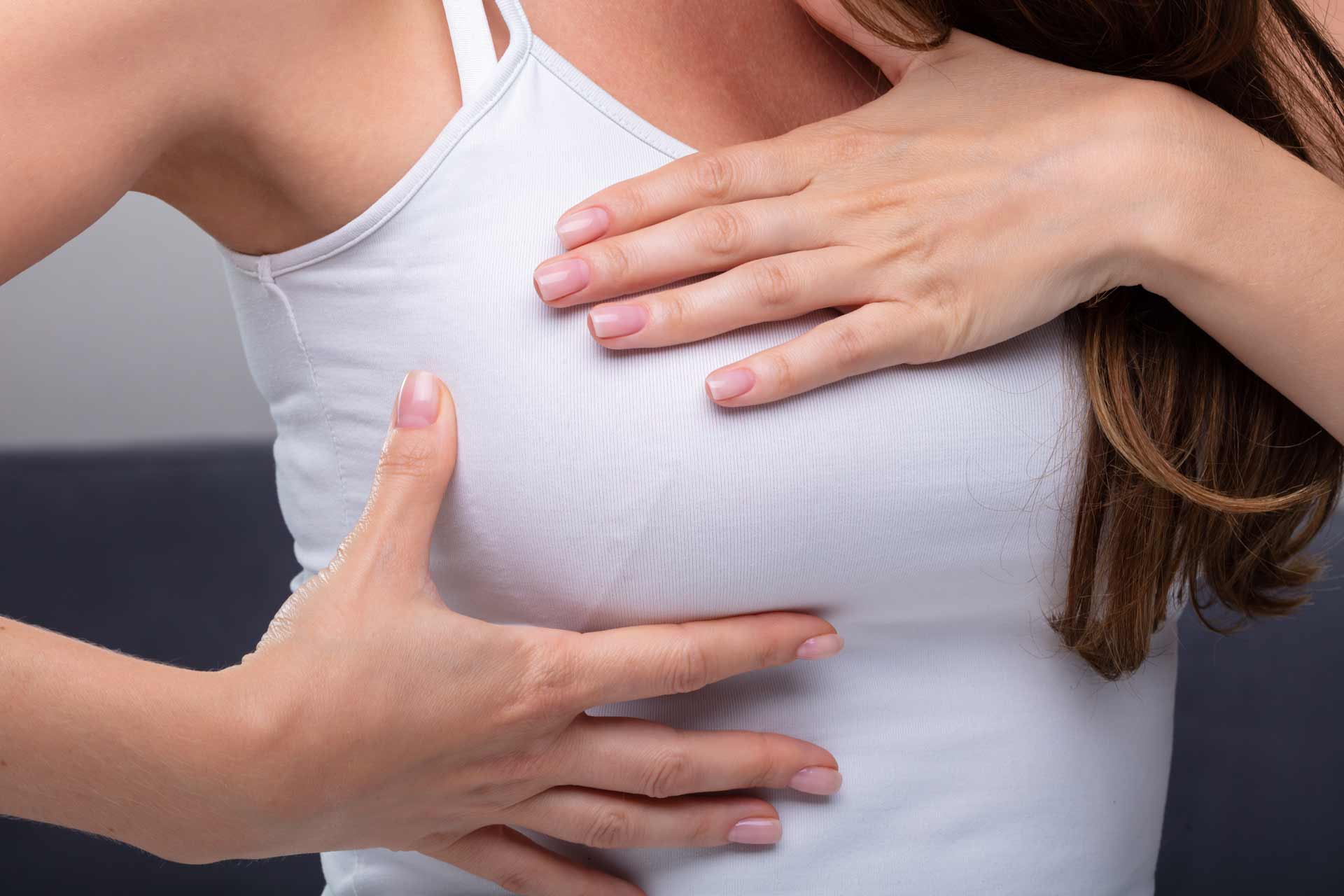Can You Use Your Own Fat for Breast Reconstruction?
Believe it or not, you can use your own fat for breast reconstruction. This procedure, known as autologous fat transfer or fat grafting, involves harvesting fat from one area of your body, typically the abdomen, thighs, or buttocks, and transferring it to the breast area.
There are several reasons a patient might choose this method over traditional breast reconstruction surgery. Fat grafting breast reconstruction offers a more natural look and feel, avoids the use of implants, and can provide subtle enhancement. It is also less invasive than other reconstruction methods, often resulting in shorter recovery times and less scarring.
Before choosing a fat grafting breast reconstruction procedure, it is important to understand how breast fat grafting is done, the benefits, and typical recovery to see if it is right for you.
Understanding Fat Grafting for Breast Reconstruction
Like with any procedure, it is important to understand how a fat grafting breast reconstruction procedure works, the recovery time, benefits, and risks before moving forward.
Choosing Fat Grafting for Breast Reconstruction
A person might be compelled to choose fat grafting for breast reconstruction over traditional implants for several reasons. While these reasons are deeply personal to each individual, there are a few common ones:- For a natural look and feel: Fat grafting often results in breasts that look and feel more natural than implants.
- To avoid foreign materials: Some patients prefer using their own tissue instead of silicone or saline implants.
- For minimal scarring: Fat grafting typically involves smaller incisions than implant surgery.
- For a dual-benefit procedure: Patients can contour other areas of their body where fat is harvested.
- To avoid implant complications: Patients who have experienced implant issues may prefer fat grafting.
- Beneficial for radiation therapy: Fat grafting can benefit patients who have undergone radiation therapy, affecting skin quality.
- Partial reconstruction benefits: Fat grafting can be ideal for correcting contour irregularities or asymmetry in those who have undergone a lumpectomy or partial mastectomy.
- To avoid allergies or sensitivities: Some patients may have allergies or sensitivities to implant materials.
- For long-term maintenance: Fat grafting does not require implant replacement surgeries over time.
- To avoid implant-related risks: Some patients prefer to avoid implant risks, such as rupture or displacement.
Benefits of Fat Grafting Over Traditional Implants
In addition to the various reasons a person might choose a fat transfer for breast reconstruction, this procedure also offers several key benefits over choosing traditional implants. These are some of the top benefits of fat grafting:
- A more natural appearance and feel
- It is minimally invasive and leads to less scarring
- It simultaneously improves body contouring in areas where the fat is extracted
- There is a reduced risk of certain complications common with traditional implant procedures
- The recovery time can potentially be shorter
The Fat Grafting Procedure for Breast Reconstruction
While many procedures can feel complicated or intimidating, the process of fat grafting breast reconstruction is fairly straightforward.
How Fat Transfer to Breasts is Performed
If a patient chooses fat grafting for breast reconstruction, there are several steps in the process they should anticipate. Here is how a fat transfer-breast reconstruction is typically initiated:
1. Preoperative Planning- The surgeon marks donor sites and recipient areas.
- Photos and measurements are taken for reference.
2. Anesthesia
- Usually performed under general anesthesia, though local anesthesia with sedation may sometimes be used.
- Small incisions are made in the donor areas (commonly the abdomen or thighs).
- A cannula is inserted to suction out fat using gentle liposuction techniques.
- The harvested fat is purified, often using centrifugation or filtration.
- This separates pure fat cells from blood, oil, and other fluids.
- The processed fat is transferred to syringes.
- Small incisions are made in the breast area.
- Fat is carefully injected in multiple layers and directions to ensure even distribution and maximize survival.
- The surgeon molds the injected fat to achieve the desired breast shape and size.
- The small incisions are closed, usually with dissolvable sutures.
- Sterile dressings are applied to both donor and recipient sites.
- Patients are monitored in recovery and typically go home the same day.
- Special garments may be worn to support the treated areas.
It is important to note multiple sessions may be required to achieve the desired result, as not all transferred fat survives. For this reason, each session is typically spaced several months apart to allow for healing and to assess the results.
Recovery and Aftercare Tips
While recovery for fat grafting versus implants is potentially shorter, a patient can still expect certain recovery and aftercare tips for maximum healing. These are the key recovery and aftercare tips following breast reconstruction surgery using fat grafting:
- Immediate postoperative period: Rest and limit movement for the first 24-48 hours and have someone stay with you for at least the first night.
- Pain management: Take prescribed pain medications as directed and use cold compresses on donor sites to reduce swelling and discomfort.
- Wear compression garments: To reduce swelling and support healing, use prescribed compression garments on both donor and recipient areas. This is typically worn for 4-6 weeks.
- Sleeping position: Sleep on your back with your upper body slightly elevated for the first few weeks.
- Activity restrictions: Avoid strenuous activities and exercise for 4-6 weeks, and then gradually increase activity levels.
- Incision care: Keep incisions clean and dry and follow your surgeon's instructions for changing dressings.
- Showering: Usually allowed after 48 hours, but follow your surgeon's specific instructions.
- Massage: Gentle massage of the recipient area may be recommended to help distribute the fat evenly. Follow your surgeon's guidance on when and how to perform this.
- Diet and hydration: Stay well-hydrated and maintain a healthy, balanced diet to support healing.
- Follow-up appointments: Attend all scheduled follow-up appointments to monitor your recovery properly.
- Avoid pressure on breasts: Do not sleep on your stomach or wear tight, underwire bras until cleared by your surgeon.
- Sun protection: Protect incision sites from direct sunlight for several months post-surgery.
- Smoking cessation: If you smoke, quit or at least abstain for several weeks before and after surgery to promote better healing.
- Monitor for complications: Watch for signs of infection, excessive swelling, or other unusual symptoms and report them to your surgeon immediately.
- Be patient with results: Final results may not be apparent for several months as swelling subsides and transferred fat establishes blood supply.
Remember, recovery experiences can vary. Always follow your specific surgeon's instructions, as they may have additional or slightly different recommendations based on your individual case.
Long-Term Outcomes and Maintenance
After fat-grafting breast reconstruction surgery, it is normal for some transferred fat to be reabsorbed over time, leading to a potential reduction in volume that stabilizes after 3-6 months. For this reason, multiple procedures may be needed to achieve desired results due to fat reabsorption.
With any breast reconstruction surgery, it is also important to manage expectations regarding breast asymmetry and understand that long-term results can be affected by natural aging and weight fluctuations.
Regular breast health screenings are also crucial, and maintaining a stable weight is recommended. Unlike implants, fat grafting does not require replacement surgeries, but reconstructed breasts may change with hormonal fluctuations or aging. Donor sites where fat was harvested may also change over time.
Ultimately, fat-grafting breast reconstruction generally leads to high long-term satisfaction due to the natural feel and appearance, and regular follow-ups with your plastic surgeon, particularly in the first year, are essential for monitoring long-term outcomes. It is also crucial to keep an open line of communication about any concerns or changes noticed over time.
Schedule a Consultation for Fat Grafting Versus Implants
If you are considering fat grafting breast reconstruction, know you are in good hands with the experienced medical team at The Institute for Advanced Reconstruction.
Our advanced reconstructive surgeons offer comprehensive solutions tailored to meet your specific medical needs and goals. Schedule a consultation today to speak with a breast reconstruction surgeon and see if fat grafting versus implants is right for you.










